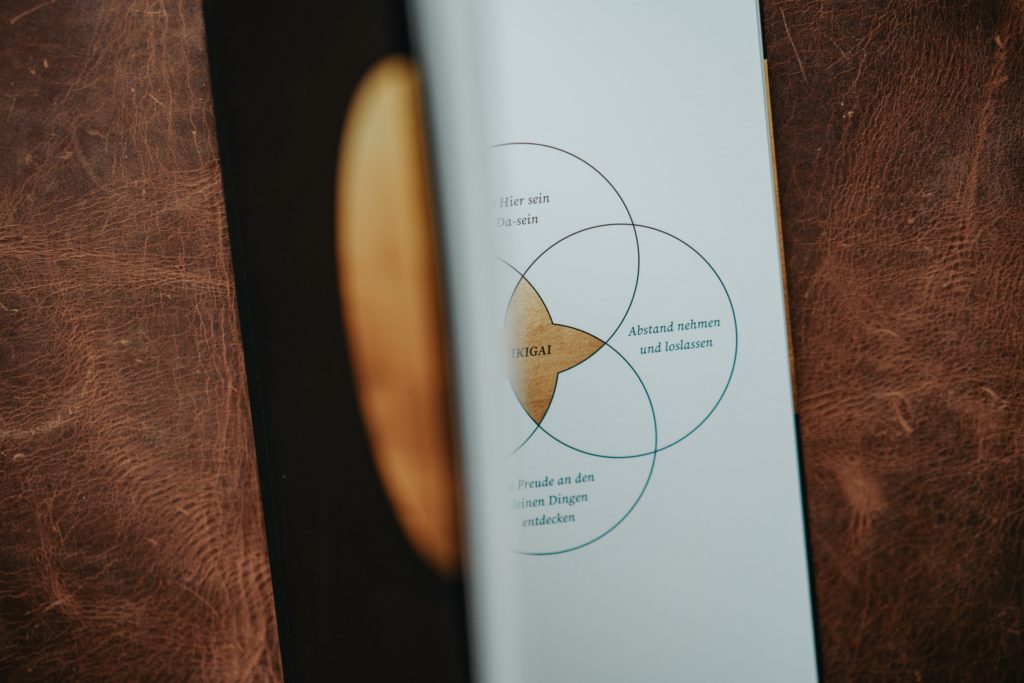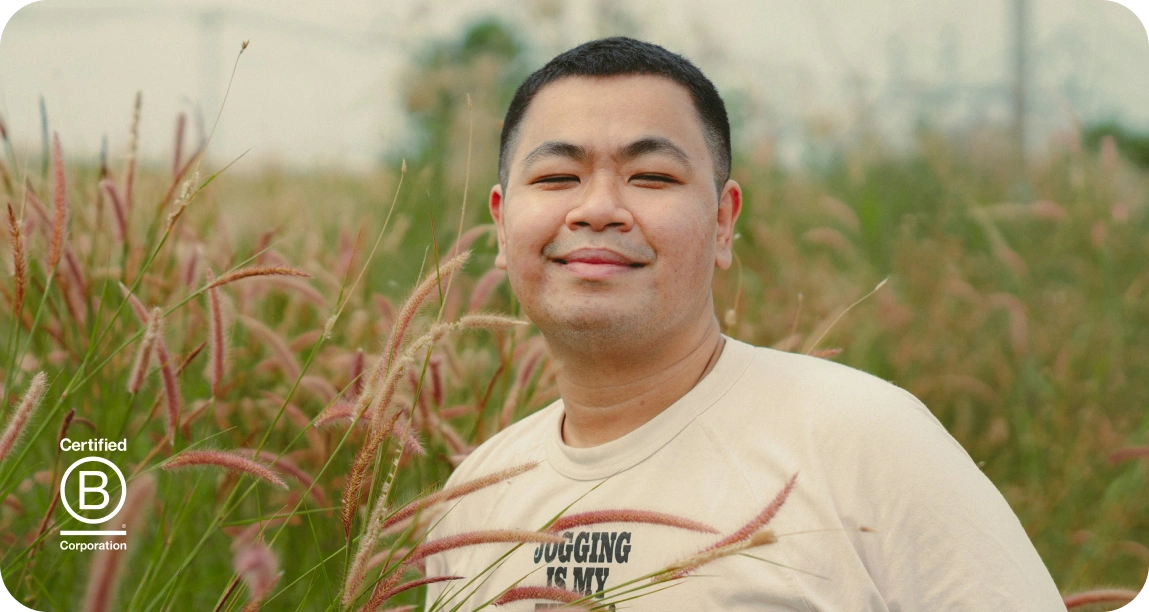A free training program for training CS reps with the skills, tools, and knowledge to delight customers and resolve issues.
Ikigai is a Japanese philosophy that originated from Okinawa, a Japanese island where they believe this concept is responsible for the long life expectancy of its residents.
Similarly to the Danish concept of hygge Ikigai is hard to translate directly into one word.
About the term Ikigai
The term was formed from the combination of the words iki, to live, life, and kai, which means an effect, a result.
So the idea is to have a sense of purpose. A meaningful direction for your life, and a reason for being.
I love to share Ikigai with fellow freelancers because it is a fantastic way to find your freelance niche, and ultimately your freelancing purpose.
According to Ikigai, to feel happy and fulfilled in your career, its important to combine four elements in your work:

PASSION what you love
VOCATION what youre good at
PROFESSION what people will pay you for
MISSION what do you think the world needs
So your Ikigai can be found at the intersection between what youre good at, what you love, what people are happy to pay you for, and what you think would benefit the world in general.
How to find your Ikigai
To find your Ikigai, its really important to get to the core of each of the four elements - passion, vocation, profession, and mission.
We talk more about this in our freelancers guide to Ikigai to start with.
Dont try to answer them all at once though - this is not something you should finish in half an hour. Dedicate some time over the next few days to think about them, be patient, and take it one element at a time.
A Smarter Way to Build Your Global Team
Thinking about your Ikigai:
When it comes to working out your Ikigai, its best to block out some time and think hard about each stage one at a time.
Get comfortable, make some notes, and spend some time thinking deeply about what you really want deep down, not just what you think you should say.
This can be an uncomfortable process. It might reveal that youre not being true to yourself, are not sure why youre doing the work youre doing, or that there isnt really a market for your passion.
Once youve been through the process, however, you can begin to make the tweaks and adjustments that will help you to address any problems and move in the right direction.
First, think about your passion
Think about what you really enjoy doing. Imagine youre on a desert island with no money or time issues - what would you spend your blissful hours doing? If you can identify an activity that you do for the pure love of it, then youve found a passion.
Next, you can consider a vocation
Some things and skills just come easier to you than others. What do people compliment you on, even though you think its easy?
If you can work out what youre good at youre giving yourself a huge advantage.
Now you can start to consider what people will actually open their wallets and pay you for
There has to be a demand for your output. Are you currently making money from it. Dont worry if not, just research to see if other people are making money from it?
If theres no competition, this may mean that theres no market. Try to find a small number of other people who are making money from your idea or something related to it. This will usually mean youre on safe ground.
Finally, its time to think about your mission
This is the step that gives your work meaning and purpose. Without it, its hard to find the motivation to do the hard yards, when times get tough.
Think about what grinds your gears in the world, and what you could rant about freely. If you feel your heart beating quickly when talking about a topic, chances are youre motivated to make a difference in that area.
Think about how you could tie your services into this. Maybe you want to focus on charities helping animals, or finding green energy solutions for example.
Dont rush this exercise. Let the ideas and thoughts roll around in your head for a few days and really take this chance to press pause and think deeply about what you actually want.
And if you feel stuck, I suggest going for a walk in nature it can help you have a clear mind and find your answers more efficiently!
Visualise
Most of us are visual learners, so its always helpful to present outputs of our thinking process visually so we can start connecting the dots easier.
You can use a Venn diagram, quadrants, or anything else you prefer to map out your Ikigai elements.
When you put everything down, you can then start to organise your thoughts and answers and create connections between them. Thats how your Ikigai will start taking its shape.
If you struggle here, visualise what your average perfect day would look like - this is an exercise that Arina Nikitina talks about in her Goal Setting Guide.
Think about what your perfect idea of a typical workday would be and describe it in as much detail as you can. It doesnt matter if it feels unrealistic at the moment when you write it down you can start taking steps, no matter how big or small, that will put you closer to your perfect average day.
Finally, make sure you save the chart you have created - its always a good thing to revisit in the future, to remind yourself of why youre doing what youre doing.
About the author
Maja is a creative entrepreneur, illustrator and marketing manager at Freelance Success, an educational platform with a mission to help more people go freelance and live life on their terms, doing the work they love.
In addition, she's a digital nomad, a promoter of sustainable travel and lifestyle and an animal rights advocate.
About Work for Impact
Work for Impact is a freelance platform that aims to connect skilled freelancers with organizations that are built upon ethical business practices. By joining the platform, youll gain access to a wide range of job opportunities being offered by clients that want to make a difference around the world.
Click here to sign-up to Work for Impact and find meaningful freelance projects.




